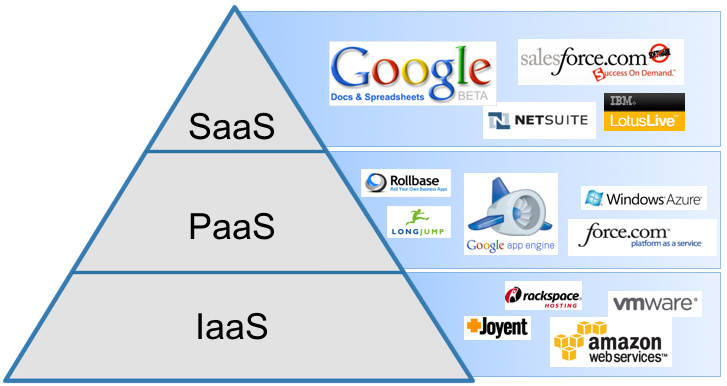Court Declines to Compel Defendant to Produce Direct Messages Between its Employees: eDiscovery Case Week
eDiscovery Case Week is here! We got a head start on it by catching up on a case on Friday, leading up to our webcast on Wednesday where Tom O’Connor and I will be talking about key eDiscovery case law for the first half of 2018. With that in mind, let’s discuss a key case regarding custody and control by Twitter of the direct messages of its employees.
In Shenwick v. Twitter, Inc., No. 16-cv-05314-JST (SK) (N.D. Cal. Feb. 7, 2018), California Magistrate Judge Sallie Kim ruled on several discovery disputes between the parties, including denial of a request by the plaintiffs to order the defendants to produce protected direct messages of individual custodians who are not parties.
In this securities class action on behalf of all persons who purchased or otherwise acquired common stock of the defendant, there were six issues in dispute. One key dispute involved a request from the plaintiffs that the defendants search Twitter private direct messages that each custodian sent and received. The defendants had agreed to provide direct messages for individual defendants Anthony Noto and Richard Costolo only (who had consented to their production). The defendants argued that the Stored Communications Act prevents the disclosure of direct messages from anyone other than a named individual defendant.
In agreeing with the defendants, Judge Kim stated:
“’The Stored Communications Act prevents ‘providers’ of communication services from divulging private communications to certain entities and individuals… Courts have held that the Stored Communications Act prevents a court from enforcing a subpoena issued to a third party ECS or RCS for the protected information.’ Crispin v. Christina (sic) Audigier, Inc., 717 F.Supp.2d 965, 971-72 (C.D. Cal. 2010)… Plaintiffs are correct that a court can compel a party to produce information within the party’s custody and control, but they confuse the identity of the party with the identity of the individual custodians. Here, for purposes of analysis, the Court will treat Twitter as if it is separate from the individual custodians who have direct messages stored with Twitter. The individual custodians other than Costolo and Noto are not parties. In other words, because Defendants claim, without opposition, that Twitter did not require its employees to use direct messages for communications, the Court must evaluate Twitter separately from the individual custodians who have privacy rights protected by the Stored Communications Act. The two named individual defendants, Costolo and Noto, are allowing discovery of their direct messages, as Plaintiffs can issue to them requests for information pursuant to Rule 34 and obtain their direct messages… Plaintiffs merge Twitter and its individual custodians’ rights. They are not the same. If Plaintiffs issued a third party subpoena to a company—not Twitter—for direct messages that the individual custodians sent and received, there is no question that the Court could not enforce such a subpoena. Under the same reasoning, the Court cannot compel Twitter, a party in this litigation, to produce protected direct messages of individual custodians who are not parties simply because Twitter is also the provider of the direct messaging service.”
Ruling on other disputes, Judge Kim: 1) ordered the defendants to search the files of an additional custodian, Jack Dorsey, co-founder of Twitter and former CEO; 2) denying without prejudice the plaintiff’s request that the defendants produce documents from Falquora, Twitter’s internal message board; 3) ordered the defendants to produce documents in unredacted form that were covered by a stipulated Protective Order; 4) denying the plaintiff’s motion to compel documents containing terms “DAU” (daily active users) and “MAU” (monthly active users) WITHOUT PREJUDICE as potentially overbroad (allowing the plaintiffs to re-file the motion with a more specific, targeted approach if they are concerned the other requests for production are not yielding relevant documentation); 5) that the search “engag*” be conducted for documents with that term within 10 words of 20 terms proposed by defendants and up to 10 additional terms proposed by plaintiffs; and 6) denying WITHOUT PREJUDICE the plaintiff’s motion to compel the defendants to produce documents concerning Defendants’ efforts to “maintain, search for and preserve all documents” (which the defendants deemed to be privileged).
Despite the six issues being ruled on, Judge Kim stated “it is clear that the parties have worked hard in meeting and conferring to narrow the issues of dispute. The Court commends the parties for doing so and for presenting the remaining issues for dispute in a clear and cogent matter. The Court is confident that the parties will continue to meet and confer in good faith, narrow the areas of their dispute, and only present to the Court matters which they cannot resolve and which are significant.”
So, what do you think? Should the direct messages of Twitter employees have been ruled out of the custody and control of Twitter? Please let us know if any comments you might have or if you’d like to know more about a particular topic.

Sponsor: This blog is sponsored by CloudNine, which is a data and legal discovery technology company with proven expertise in simplifying and automating the discovery of data for audits, investigations, and litigation. Used by legal and business customers worldwide including more than 50 of the top 250 Am Law firms and many of the world’s leading corporations, CloudNine’s eDiscovery automation software and services help customers gain insight and intelligence on electronic data.
Disclaimer: The views represented herein are exclusively the views of the author, and do not necessarily represent the views held by CloudNine. eDiscovery Daily is made available by CloudNine solely for educational purposes to provide general information about general eDiscovery principles and not to provide specific legal advice applicable to any particular circumstance. eDiscovery Daily should not be used as a substitute for competent legal advice from a lawyer you have retained and who has agreed to represent you.










